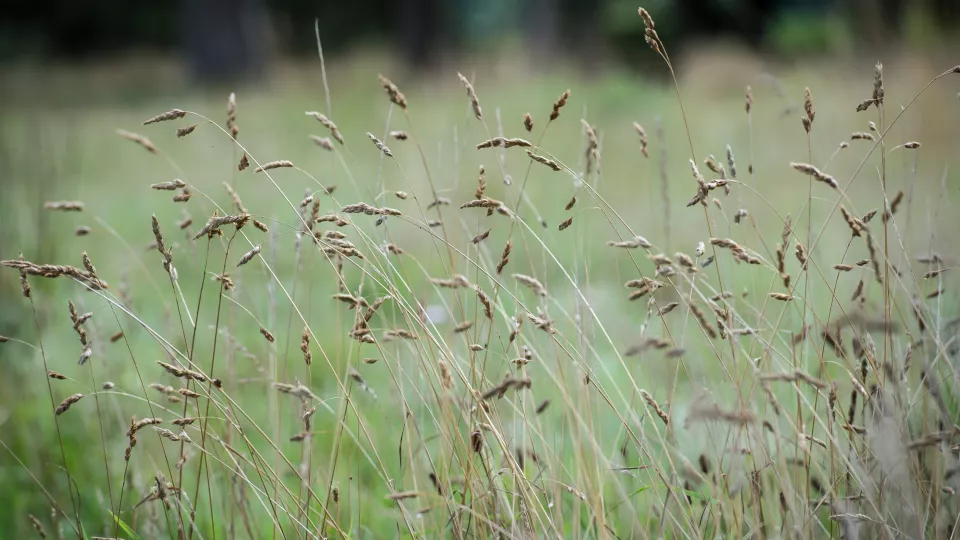
Grassland
Flower-rich grasslands, once a part of every farm, are part of our culture. Most have developed alongside humans because of livestock grazing and cutting for hay. Many have archaeological and historical features.

Flower-rich grasslands, once a part of every farm, are part of our culture. Most have developed alongside humans because of livestock grazing and cutting for hay. Many have archaeological and historical features.
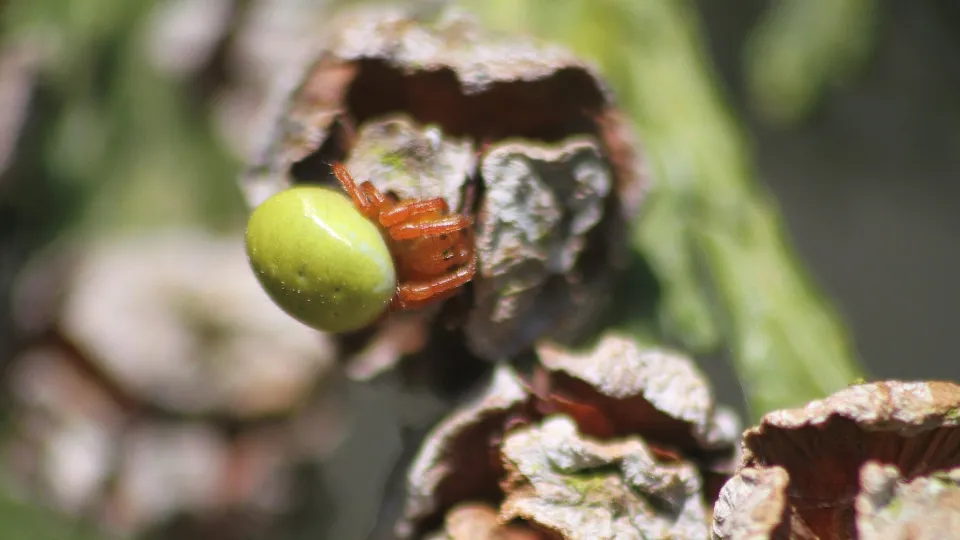
There are several species of cucumber spider, recognised by their bright green abdomen.

The wasp spider is a great mimic - looking just like a common wasp keeps it safe from predators, even though it is not dangerous itself. It can be found in southern England, but is spreading north.

Have you ever stopped to look at the shape of a spider web? Garden spiders spin a spiral shaped web, perfect for catching lots of juicy prey!
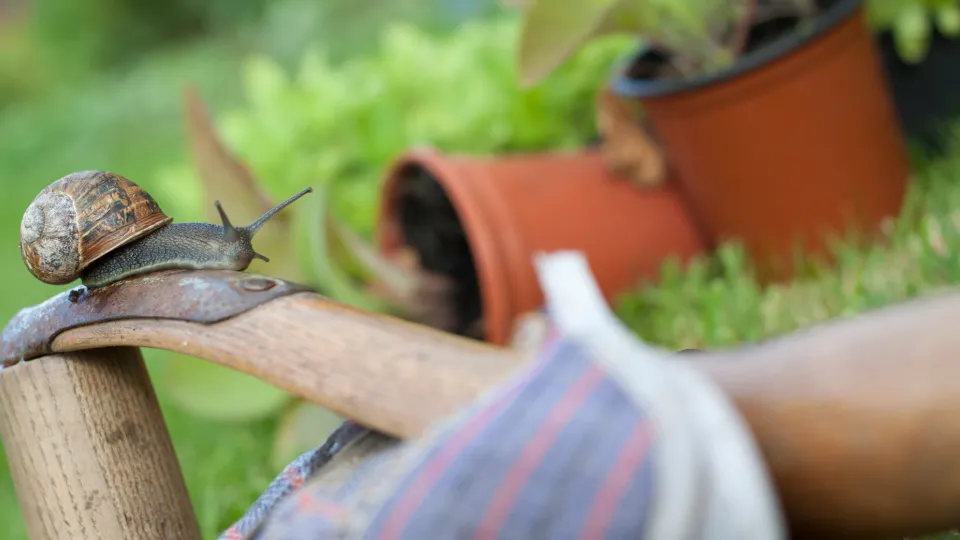
The green spaces of our towns and gardens bring nature into our daily lives, brightening our mornings with birdsong and the busy buzzing of bees. Together, the UK's gardens are larger than all of our National Nature Reserves combined, making them as important for wildlife as they are for our own wellbeing.
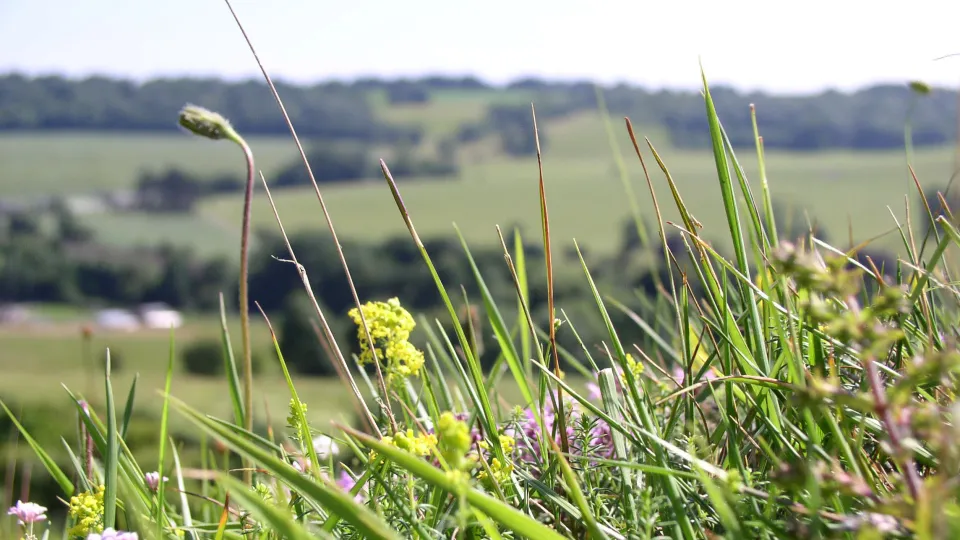
Typical of softly rolling pastoral landscapes, the short, aromatic turf of lowland calcareous grassland is flower-rich and humming with insects in the summer. Its long use by humans lends it an ancient feel and it is often seen amongst prehistoric burial mounds, hill forts and old trackways.
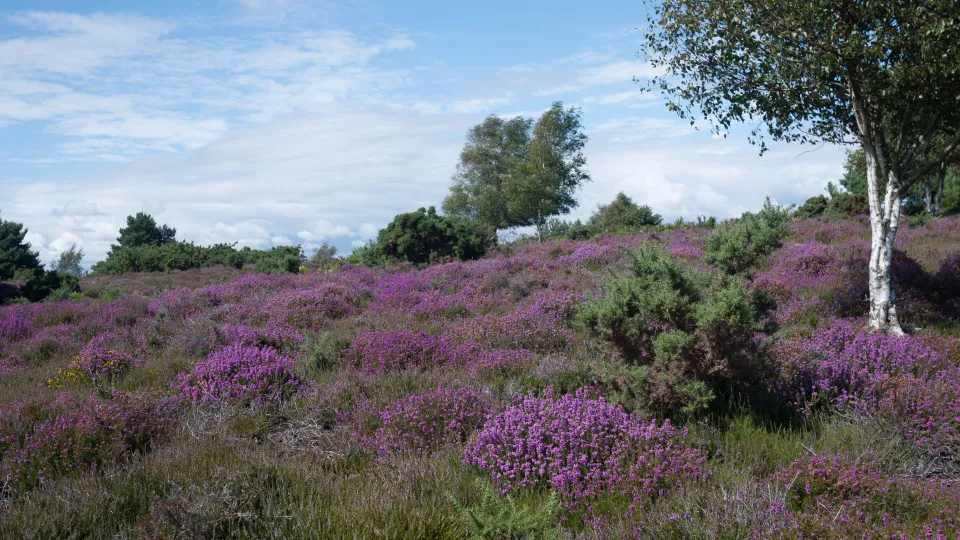
Heathlands form some of the wildest landscapes in the lowlands, where agriculture and development jostle for space, containing and limiting natural processes. Once considered as waste land of little value, lowland heathland is now appreciated and protected for its unique wildlife and austere beauty.
These wild, open landscapes stretch over large areas and are most often found in uplands. Although slow to awaken in spring, by late summer heathland can be an eye-catching purple haze of heather.